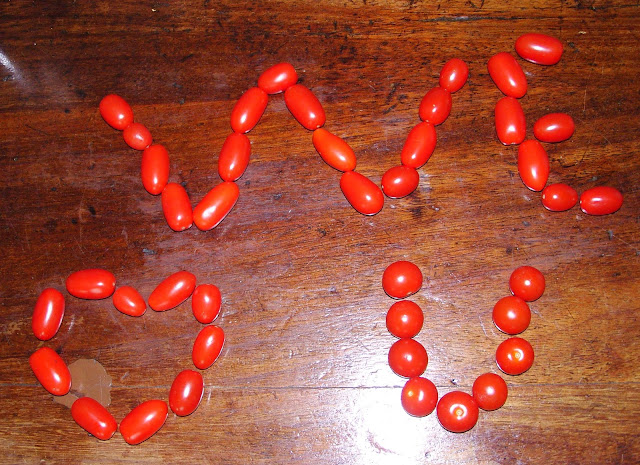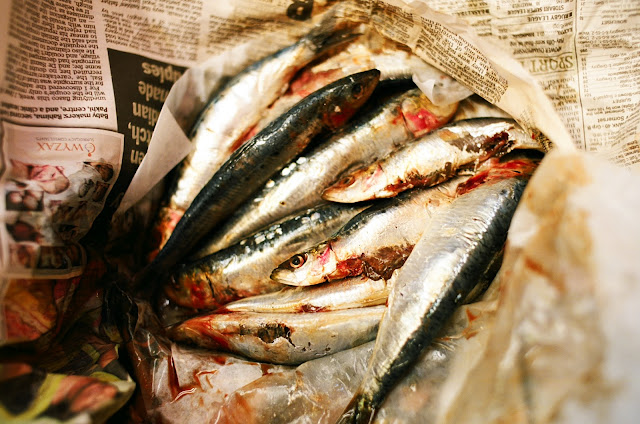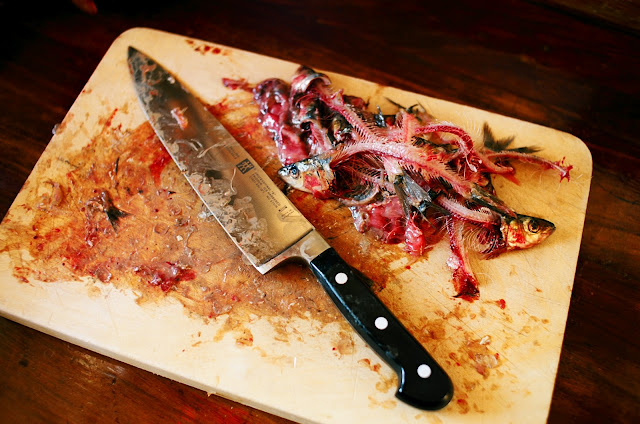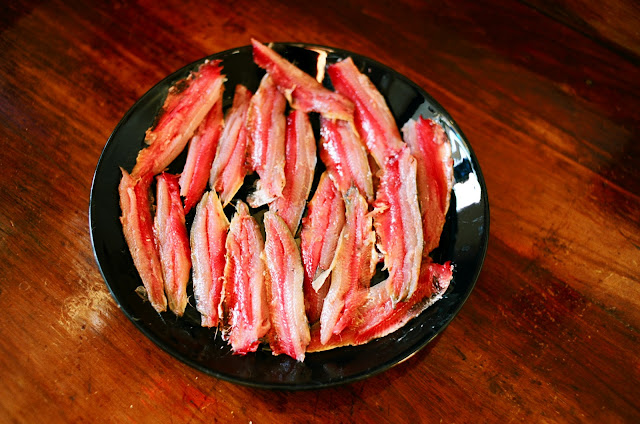There was a time in the mid 1990s when it was more socially acceptable for the urbane middle class to serve up a ready meal from M&S than to admit to being able to let alone actually enjoy cooking. This is a concept that seems hard to grasp in our food obsessed times. But food seems to have drawn a parallel with politics like talking to the left and walking to the right. Double speak, hypocrisy, a bad diet of the highly processed masquerading as authentic, healthy, provenance imbued but all the time hiding a panoply of hidden horrors.
"Oh you like to cook - how do you find the time?"
Finding the time has never been the issue. Food is most oftentimes priority not performance. Ennui and the need for immediate comfort inflicts convenience food upon us all - but as a life choice the highly processed has become socially and culturally embedded not the occasional foray simply to remind ourselves of its palette stripping potential.
Making, baking, growing - basic skills have been coerced into a competitive retro-feel-good nostalgia. Lifestyle one-upmanship bombards us from every medium. Too much self-reflection rendering us impotent, constant comparisons and impossibly perfect scenarios throw our own dingy lives into a maelstrom of insecurity so once again we turn to comfort.
To reduce this thought to its simplest - cooking is a form of mastering your own destiny - when you bake a cake you see exactly what goes into it whilst making you mindful of just another slice but also the knowledge of what exactly you are eating. Knowledge is a powerful thing in food and politics.
Chocolate + almond marble cake
150g unsalted butter
150g caster sugar
3 eggs
1 teaspoon vanilla essence
100g self-raising flour
50g ground almonds
100g dark chocolate finely chopped
2 tbsp cocoa
Grease and line a bread tin.
Heat oven 180C.
Cream butter + sugar until pale and light.
Add one egg at a time and beat thoroughly.
Add vanilla essence
Mix the flour + almonds together.
Fold into the batter.
Remove half of the batter and fold in cocoa and chopped chocolate.
Add alternate spoons of batter - gently swirl with a skewer.
Bake till cooked approx 35-40 mins.








